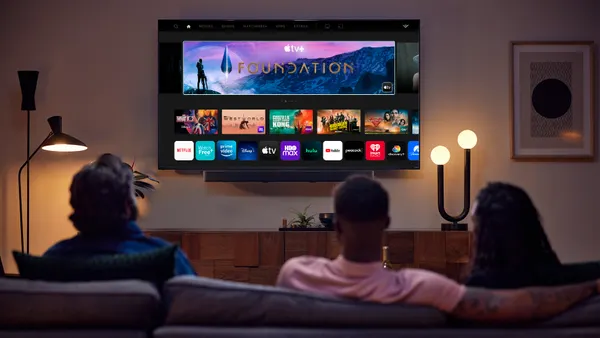Dive Brief:
- Google is working with the measurement company comScore to provide YouTube advertisers with independent brand safety reporting, per a comScore press release.
- ComScore is leveraging proprietary technology to continuously monitor patterns within text content to identify the brand safety of a given ad context. The technology can be applied in general and for specific campaigns across mobile and desktop platforms.
- "Monitoring online content for brand safety is a complex challenge, particularly in an environment that has the vast scale and growth of YouTube," said Dan Hess, executive vice president of products at comScore, in the press release.
Dive Insight:
The move comes while Google is still under fire for ads appearing next to offensive videos on YouTube which has resulted in a growing number of brands and agencies halting ad spending on Google properties while the tech giant sorts out the issue.
The current standoff is now weeks old and is interesting in that while Google is losing ad revenue over the boycott, brands are also not getting messages and ads out on the largest digital ad platform. And given the enormous scope of YouTube content, there is no easy fix for the offensive content issue.
As more brands began joining the boycott, Google started taking more steps to mollify the main source of its income with third-party ad monitoring and providing agencies with details about the Preferred advertising program that had previously been kept internal to Google. The partnership with comScore is the latest move on that front with its focus on independent brand safety monitoring.
GroupM has been one agency out in front of the issue publicly between commissioning video analytics firm OpenSlate to gauge where clients’ ads should run ahead of time to discussing with Google the possibility of reducing ad rates on enhanced targeting in order to restrict ads to “safer channels.”
One possible big picture fallout from the entire issue is a fundamental rethinking of digital advertising with more responsibility placed on platforms and publishers to ensure ads are appearing next to content amenable to advertisers, and advertisers possibly becoming more wary of programmatic ad buys where they lose visibility into where ads end up appearing.












